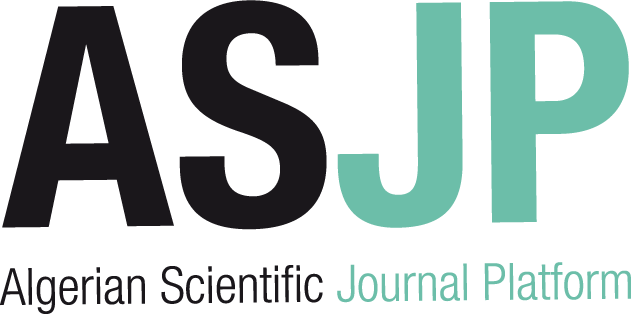| Titre : |
Modeling and simulation of hydrogen production processes using aspen plus |
| Type de document : |
document électronique |
| Auteurs : |
Ibrahim Elkhalil Ferroudj, Auteur ; Ammar Selatnia, Directeur de thèse |
| Editeur : |
[S.l.] : [s.n.] |
| Année de publication : |
2025 |
| Importance : |
1 fichier PDF (2 Mo) |
| Note générale : |
Mode d'accès : accès au texte intégral par intranet.
Mémoire de Projet de Fin d’Études : Génie Chimique : Alger, École Nationale Polytechnique : 2025
Bibliogr. p. 122-131. - Annexes
Mémoire confidentiel 5 ans jusqu'à Juin 2030 |
| Langues : |
Anglais (eng) |
| Mots-clés : |
Hydrogen production
Syngas
Electrolysis
SOEC
AEC
PEM
Methane Steam
Biomass Gasification
Energy efficiency
Carbon utilization |
| Index. décimale : |
PC00625 |
| Résumé : |
This thesis addresses the critical need for sustainable energy by exploring diverse hydrogen and syngas production methods. Confronting renewable energy intermittency and fossil fuel environmental impacts, the study models and comparatively analyzes Solid Oxide (SOEC), Alkaline (AEC), and Proton Exchange Membrane (PEM) Electrolysis, Methane Steam Reforming (MSR), and Biomass Gasification. Using Aspen Plus, detailed thermodynamic and kinetic models were developed and validated. The research assesses energy efficiency, carbon utilization, economic feasibility, and environmental impact. Findings underscore the potential of integrated systems to boost efficiency and cut CO2 emissions, advancing robust and sustainable energy conversion and storage strategies. |
Modeling and simulation of hydrogen production processes using aspen plus [document électronique] / Ibrahim Elkhalil Ferroudj, Auteur ; Ammar Selatnia, Directeur de thèse . - [S.l.] : [s.n.], 2025 . - 1 fichier PDF (2 Mo).
Mode d'accès : accès au texte intégral par intranet.
Mémoire de Projet de Fin d’Études : Génie Chimique : Alger, École Nationale Polytechnique : 2025
Bibliogr. p. 122-131. - Annexes
Mémoire confidentiel 5 ans jusqu'à Juin 2030 Langues : Anglais ( eng)
| Mots-clés : |
Hydrogen production
Syngas
Electrolysis
SOEC
AEC
PEM
Methane Steam
Biomass Gasification
Energy efficiency
Carbon utilization |
| Index. décimale : |
PC00625 |
| Résumé : |
This thesis addresses the critical need for sustainable energy by exploring diverse hydrogen and syngas production methods. Confronting renewable energy intermittency and fossil fuel environmental impacts, the study models and comparatively analyzes Solid Oxide (SOEC), Alkaline (AEC), and Proton Exchange Membrane (PEM) Electrolysis, Methane Steam Reforming (MSR), and Biomass Gasification. Using Aspen Plus, detailed thermodynamic and kinetic models were developed and validated. The research assesses energy efficiency, carbon utilization, economic feasibility, and environmental impact. Findings underscore the potential of integrated systems to boost efficiency and cut CO2 emissions, advancing robust and sustainable energy conversion and storage strategies. |
|


 Ajouter le résultat dans votre panier Faire une suggestion Affiner la recherche
Ajouter le résultat dans votre panier Faire une suggestion Affiner la rechercheModeling and simulation of hydrogen production processes using aspen plus / Ibrahim Elkhalil Ferroudj (2025)









 PC00100
PC00100 


